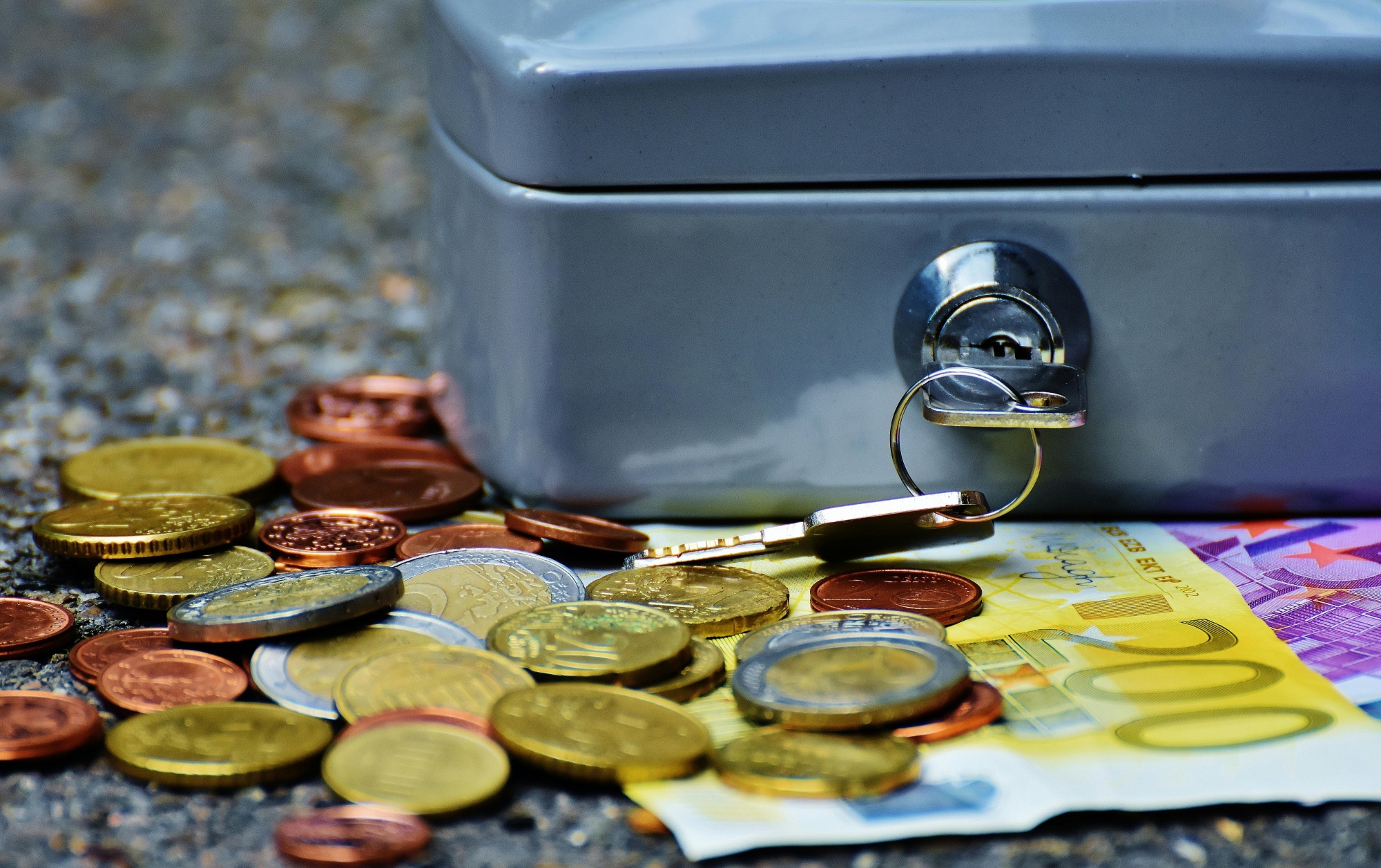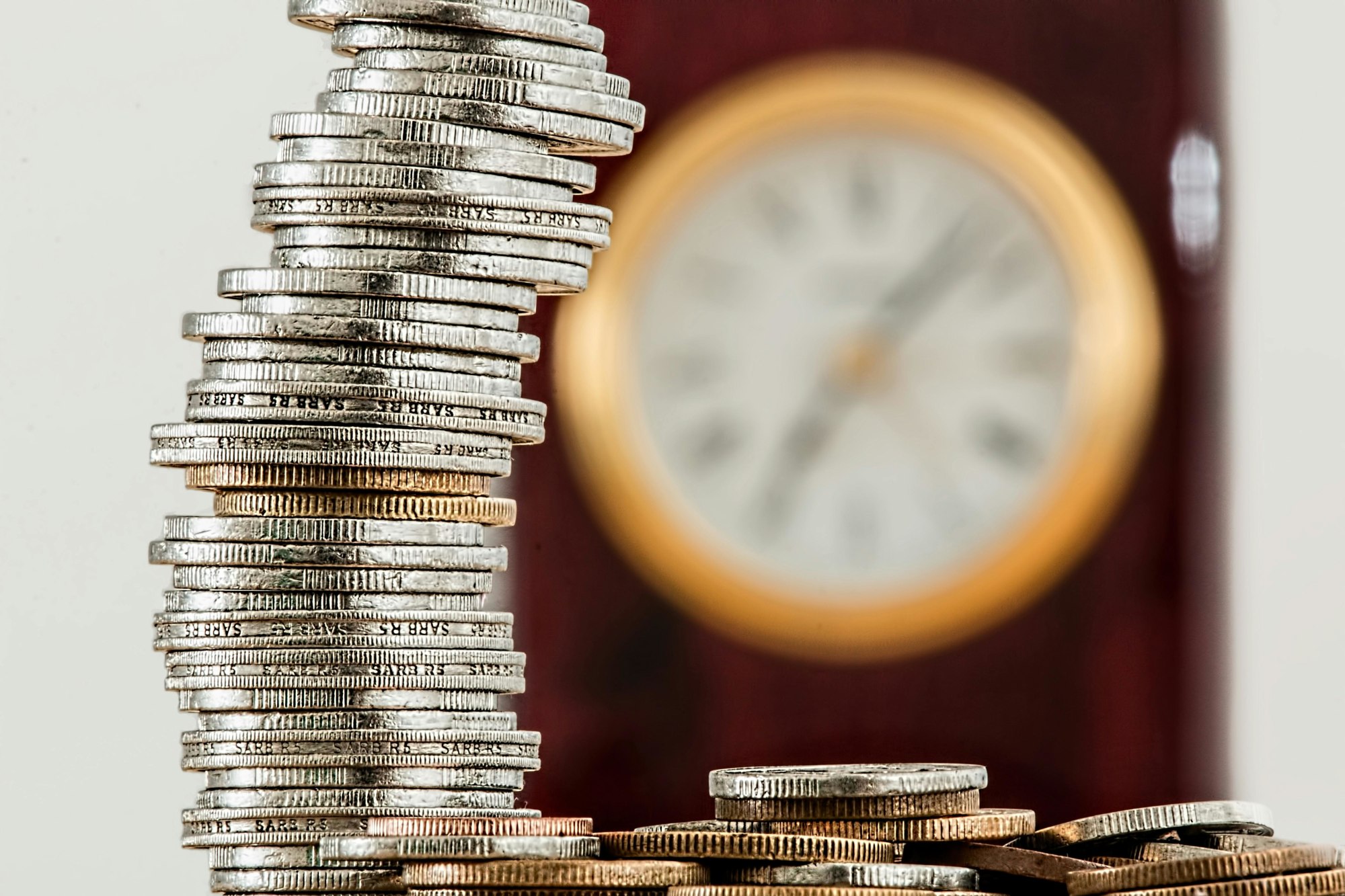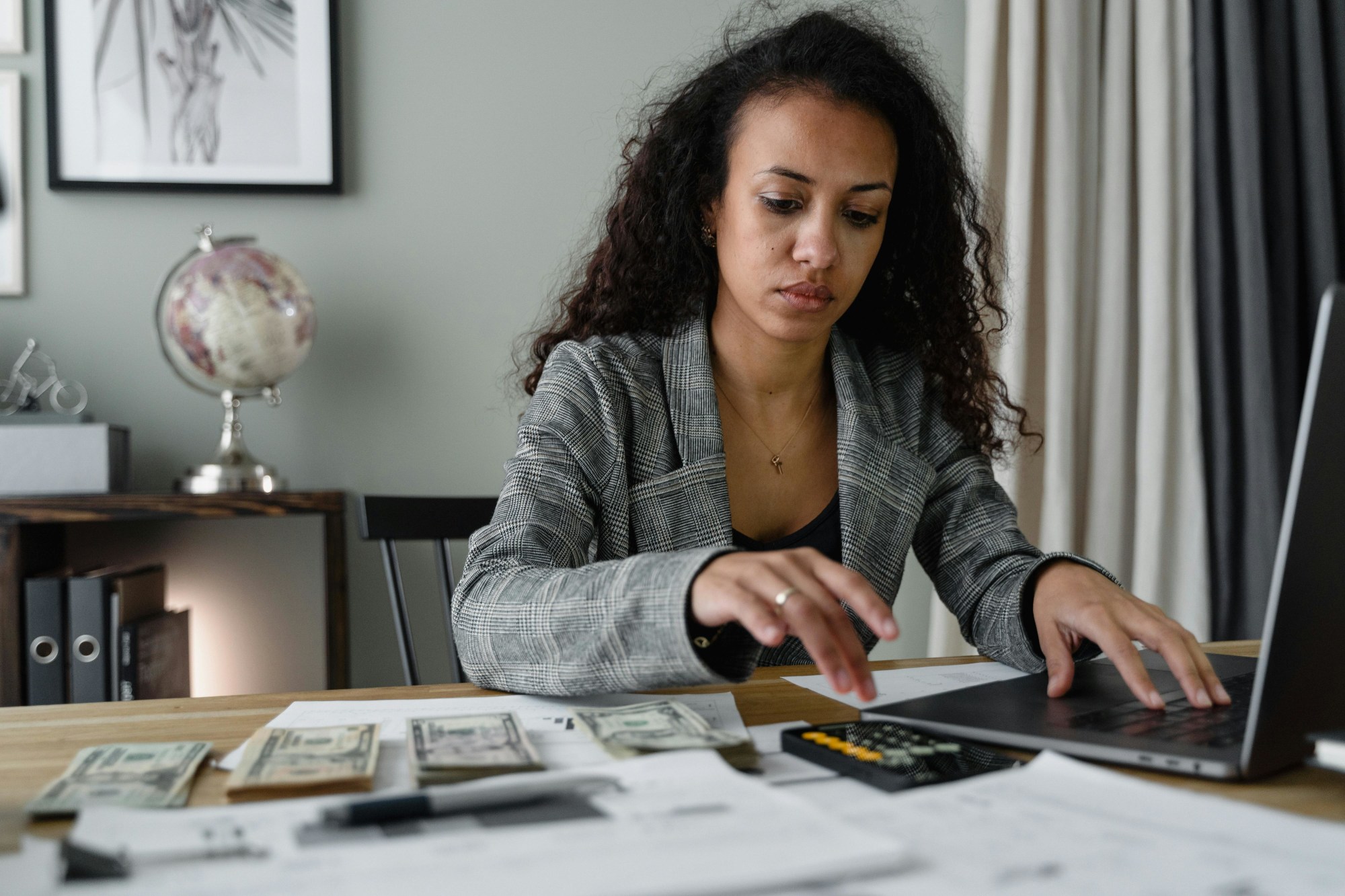Save
Emergency fund: How much is enough?
How much do you need in an emergency fund? Here are some of the factors you should take into account when estimating how big your savings for the rainy days should be.
Emergency fund: How much is enough?
How much do you need in an emergency fund? Here are some of the factors you should take into account when estimating how big your savings for the rainy days should be.

Have you ever had one of those months anything that could go wrong, did go wrong? Your car broke down and you’re dealing with a leaking pipe in your home. Worst of all, your boss just told you that you’ve been laid off from your nine-to-five job.
Financial hardships and disruptions happen to the best of us, and sometimes it feels like they come in waves. This is where an emergency fund can come in handy.
An emergency fund is a financial buffer for when unexpected expenses appear or when unfortunate life events which can negatively impact your financial situation happen, such as a job loss or medical emergencies.
There is no prescribed amount of money that you need to save, but the basic rule of thumb financial experts recommend their clients follow include setting aside three to six months’ worth of your living expenses in a bank account for emergencies.

But in some situations, you may need to save up to 12 months’ worth of living expenses.
If you just ran the numbers in your head and feel like it’s a herculean undertaking, you’re not alone. A recent study showed that millions of Australians don’t have money stashed away for rainy days.
According to research by comparison site Finder, around a third of Aussies they surveyed (31 per cent) don’t have enough cash in reserve to cover a month’s worth of living expenses. Meanwhile, one in five people (19 per cent) still don’t have any emergency safety net at all.
Here are some of the factors you should take into account when estimating how big your emergency fund should be.
What is an emergency fund?
An emergency fund refers to extra money you save from your income, designed to protect you from worst-case financial scenarios, such as a job loss or the loss of your primary income (e.g. business).
Emergency funds are also designed to protect against smaller emergencies, such as home repairs, auto repairs, unexpected medical bills or a sick pet.
Aside from providing funds for a potential disruption of your income, a well-funded emergency fund can:
- Prevent you from needing to access your superannuation or retirement accounts
- Avoid the need to liquidate investments (e.g. stocks, bonds, property, etc)
- Prevent you from incurring debt (personal loans, payday loans, etc)
How much should your emergency fund be?
So, what is a good emergency fund amount? There is really no answer that is one-size-fits-all. The amount is usually based on your bill obligations, family needs, job stability or other factors.
As mentioned, it’s generally recommended to have three to six months’ worth of living expenses available for emergencies.
We list down some factors (and additional questions) to help you determine how big your emergency fund should be.
- Job stability. Is your job in high demand? Or will you have difficulty finding a new job if you lose your current one? Is your current position stable enough or are you jumping from gig to gig as a freelancer? You should also take into consideration if you have a specialised job or niche position that may require you to relocate or take extra time to replace.
- The average cost of living in your current location. Your cost of living is important in determining how much money you need to save for your emergency fund. If you’re living in an area which has a low average cost of living, experts typically recommend saving three to four months’ worth of expenses. However, if you’re living in an area which has a higher cost of living, you should consider saving up to six months or a year’s worth of living expenses.
- How much your debt is. Being free from debt is a cornerstone of your road to financial stability. When creating your emergency fund, some people fail to take into account their debt repayments. Make sure that the size and duration of your debts (home loan, credit card debt, etc) will also be factored in when determining how much your emergency money should be. Some experts recommend a smaller emergency fund while you’re paying off debt.
- Your financial dependents. Do you have children and/or pets? Or are you financially responsible for several dependents? When building your emergency fund, make sure that you can cover living costs for you and your dependents while you work out your next steps.
- Your overall health condition. Are you relatively healthy? Do you have a medical condition or do high-risk activities? As the saying goes, health is wealth. Having a low risk of getting sick (and the accompanying medical bills) will lessen your need to save up for medical emergencies. If you are dealing with a long-term medical condition or are into extreme sports, it’s advised to have a financial buffer for medical emergencies.
- Your living situation. Are you renting your property? Or do you own your own home? If you’re renting, for some people it will be easier to estimate how much money you will need to pay off your monthly rent. But it could be a different story if you own your property. For example, if you have a property that will need constant repairs and renovations, you should set aside some money for emergency property maintenance.
- Your financial support network. Do you have a partner or family members that can offer financial support or assistance if needed? If you don’t have one, it’s advisable to have a back-up plan where you can get financial help if things go south.
How can I build my emergency fund?
Here are the basic steps to creating your own emergency fund.
- Set a savings goal. Work out how much you need. Determine how many months of expenses to save, between three and six months, based on your personal circumstances and your exposure to risks, as well as the factors mentioned.
- Estimate one month’s worth of expenses. Where does your money go every month? When calculating expenses, tally up things you’d still pay for in an emergency, like rent, groceries, debt and bills. Leave out non-essential expenses like travel and dinners out.
- Calculate the dollar amount of your savings goal. After knowing how much you spend every month, multiply your monthly expenses by the number of months you want to save. For example, if you want to save four months’ expenses and one month’s expenses are $3,000, your target is a $12,000 emergency fund.
- Set up a savings account. It’s advised to set up a separate, high-interest savings account for your emergency money. This will make it less tempting for you to dip into it for your daily expenses. You can choose to automate your savings account to make it easier for you to grow your fund.
- Capitalise on saving opportunities. Got a big bonus? Or did your tax refund reach a few hundred dollars? When you come across savings opportunities, deposit it in your emergency fund so you can reach your goal sooner.
The bottom line on emergency funds
While the three to six months expenses for an emergency fund is a “tried and tested“ rule of thumb by experts, our financial circumstances greatly differ.
We also understand that it can be greatly unrealistic for some people to establish an emergency fund that is as big as six months’ or even one year’s worth of expenses.
This means that, ultimately, only you can determine how big your emergency fund should be. Remember, you don’t need it all right away. Don’t get frustrated if your goal seems difficult to reach or out of hand for now.
It’s better to think of your emergency savings fund as an ongoing process. Working slowly towards your goal is fine, as long as you’re making progress.
Then, once you do reach it, you’ll have extra money each month to put towards other goals, such as retirement.
For more efficient tips and guides on how to save money, explore nestegg today.

How to budget
Australia’s first-home buyer reset: how policy, rates and competition will shape the rebound
After a flat first half of 2025, first-home buyer (FHB) activity is set to lift—nudged by a five per cent deposit guarantee and the Reserve Bank’s first rate cut since 2020. But a rebound won’t be ...Read more

How to budget
Australians Seek Bargains to Stretch Christmas Budgets Amid Rising Costs
As the festive season approaches, Australians are preparing to spend more on Christmas gifts and festive feasts compared to previous years. However, despite larger budgets, many are still on the hunt ...Read more

How to budget
Australians grapple with stubborn cost of living in 2025
In a year marked by persistent financial strain, only a meagre 7% of Australians believe that the cost of living has improved, according to the 2025 Household Budget Barometer released by Compare the ...Read more

How to budget
How to take control amid rising electricity costs
Energy bills are increasing for almost nine in ten Australians, forcing many to think outside the box when it comes to keeping costs and electricity usage down. While some are resorting to showering ...Read more

How to budget
Aussies get savvy with energy hacks as costs surge
As energy costs continue to climb across Australia, a recent study commissioned by Zip Co (ASX: ZIP) reveals that 91% of Australians are actively seeking innovative ways to reduce their energy billsRead more

How to budget
The psychology behind saving: Understanding and overcoming common barriers
Saving money is a fundamental aspect of financial security, yet many people find it difficult to set aside a portion of their income regularly. Read more

How to budget
Smart saving tips for first home buyers in Australia
Purchasing your first home is a significant milestone, but the path to homeownership in Australia can seem daunting due to the high property prices and competitive market. However, with the right ...Read more

How to budget
Crafting your safety net: Building an emergency fund in Australia
In uncertain times, having an emergency fund is more than a financial buffer—it's peace of mind. For Australians looking to start their journey towards financial security, building an emergency fund ...Read more

How to budget
Australia’s first-home buyer reset: how policy, rates and competition will shape the rebound
After a flat first half of 2025, first-home buyer (FHB) activity is set to lift—nudged by a five per cent deposit guarantee and the Reserve Bank’s first rate cut since 2020. But a rebound won’t be ...Read more

How to budget
Australians Seek Bargains to Stretch Christmas Budgets Amid Rising Costs
As the festive season approaches, Australians are preparing to spend more on Christmas gifts and festive feasts compared to previous years. However, despite larger budgets, many are still on the hunt ...Read more

How to budget
Australians grapple with stubborn cost of living in 2025
In a year marked by persistent financial strain, only a meagre 7% of Australians believe that the cost of living has improved, according to the 2025 Household Budget Barometer released by Compare the ...Read more

How to budget
How to take control amid rising electricity costs
Energy bills are increasing for almost nine in ten Australians, forcing many to think outside the box when it comes to keeping costs and electricity usage down. While some are resorting to showering ...Read more

How to budget
Aussies get savvy with energy hacks as costs surge
As energy costs continue to climb across Australia, a recent study commissioned by Zip Co (ASX: ZIP) reveals that 91% of Australians are actively seeking innovative ways to reduce their energy billsRead more

How to budget
The psychology behind saving: Understanding and overcoming common barriers
Saving money is a fundamental aspect of financial security, yet many people find it difficult to set aside a portion of their income regularly. Read more

How to budget
Smart saving tips for first home buyers in Australia
Purchasing your first home is a significant milestone, but the path to homeownership in Australia can seem daunting due to the high property prices and competitive market. However, with the right ...Read more

How to budget
Crafting your safety net: Building an emergency fund in Australia
In uncertain times, having an emergency fund is more than a financial buffer—it's peace of mind. For Australians looking to start their journey towards financial security, building an emergency fund ...Read more













